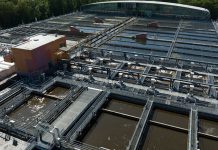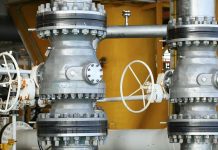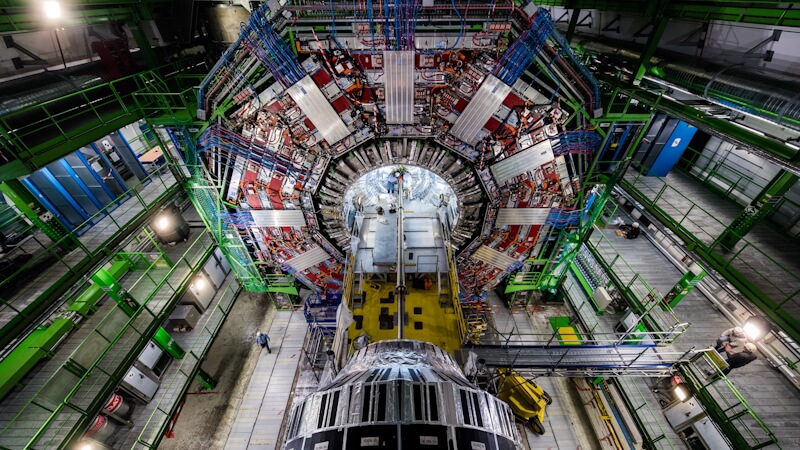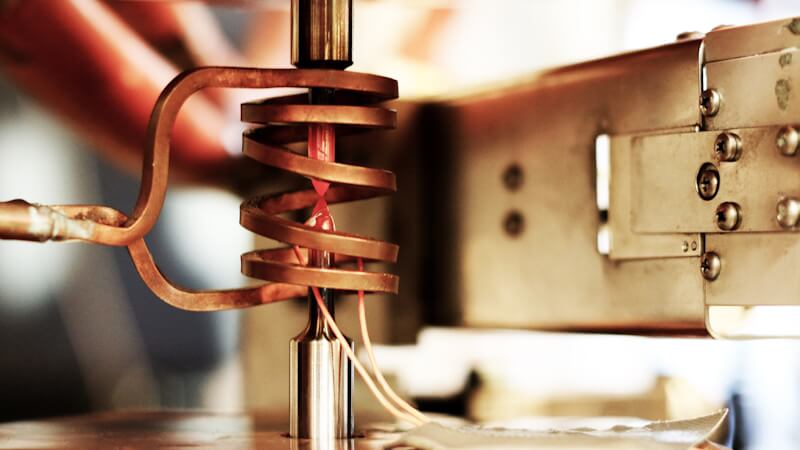Unloading the recycling content from the ferry. Image source: Outokumpu
In its recent report, Fact.MR assessed that the compound annual growth rate (CAGR) of stainless steel production continued at 5.3% between 1980-2020. Now, it is estimated that more than 52 MMT of stainless steel is produced each year. Around 85% of this is then recycled and used in the production of ‘new’ steel.
By Ellie Pritchard
We spoke with Dutch stainless steel scrap company Oryx BV and discussed the circular lifecycle of stainless steel. We also approached stainless steel producer, Outokumpu, to understand the role of recycling in their production process. We spoke with Juha Erkkilä, Outokumpu’s Head of Group Sustainability, Excellence & Reliability, who asserts that “Recycling is one of the key foundations that our sustainability journey, our whole ESG position in fact, is built upon”.
Cutting down on scope 3
Some of the major emissions contributions in stainless steel production occur along a company’s value chain, often owing to transport and distribution. These are referred to as Scope 3 emissions. Outokumpu is one of the largest steel producers in the world, with a market share of approximately 6% in the global market for cold-rolled products. But they are aware of their environmental and social responsibilities.
“One of the unique things about Outokumpu is that we have our own mine for the ferrochrome input that is needed for making the stainless steel.” Juha refers to its largest integrated plant, Tornio, which takes chrome from its own Kemi Mine. “And the vast majority of other alloying elements are essentially recycled material.”
In this way, the company cuts its energy usage and reduces transport and distribution emissions. But Juha is keen to stress that this is something of a neat fact. “It is actually not a steel mill at
all, it is the largest recycling centre in Europe, using more than 1 million tonnes of scrap on an annual basis,” he says.
“The scope 3 emissions make up a huge part of the carbon footprint and one of the most crucial ways to reduce them is to increase the recycled content in the stainless steel that is being made”.
Raising the bar
Technically speaking, it would be possible to recycle 100% of stainless steel produced. However, Juha explains that this is unlikely to materialise as a reality, especially as customers have specific requirements on the alloying compositions that they need. “Scrap always needs to be extremely well sorted for us to know exactly what has gone into a product”. But, whilst 100% recyclability may be a pie-in-the-sky goal, Outokumpu proves that it is possible to get close. “Last year, our recycled material content was 92.5% – that is well above both the global average and European average. It’s something that we can be proud of here in Outokumpu.”.
The challenges

One of the challenges which Juha identifies as a hindrance to the recycling process, is radiation contamination. These must be thoroughly rinsed out before the scrap can be deemed safe to use, but Juha explains that this process causes a lot of extra work and waste. “We have very strict demands in terms of radiation, but even then, it sometimes finds its way into the melt. Typically, it is Americium from industrial measuring devices which come in with the other scrap – for instance, there might be some old equipment from the processing industry which might contain these kinds of radiation sources. It is a bit of a problem at times, but we have it under control as we have the right practices in place at the steel mill to control it but still, it causes a headache.”
What companies such as Outokumpu call for is optimal sorting of scrap. Now that demand for different alloy mixes has grown, the range of materials that must be sorted has grown with it. For Outokumpu, badly sorted scrap can lead to over-alloying and inclusion of materials that are not desired by a customer. “There would be substantial gains to be realized if the scrap sorting would be even further improved further up the supply chain,” says Juha.
The lifecycle
The entire process of stainless steel production offers opportunities for material recovery and waste reduction. Juha explains that when making one ton of stainless steel, you typically make 50kg of various different dusts, scales, and sludges. “You’re also making a lot of slag – which contains a lot of trapped metals. All of that can be recovered and returned to the process,” says Juha. “Even before the stainless steel is on its way to becoming a new product, you are making a lot of new streams which then contribute to the next generation of stainless steel.” Stainless steel’s long (seemingly endless) lifespan is partly what makes it such a fascinating material. End-of-life is not such a large factor, certainly in comparison to the carbon steel industry which is much shorter. “Take the Chrysler building, for example,” Juha says. “It is actually made of Outokumpu steel, but it will be a long time before that comes back to us in the process!”
Recognition and moving forward
Outokumpu is one of the largest stainless steel producers in the world, with a market share of approximately 6% in the global market for cold-rolled products. For Juha, contributing to a sustainable process is what is most rewarding: “We are making long lasting solutions”. And it is a process which is now receiving recognition, as shown in the recently published delegated act of EU Taxonomy in April this year. “It has a very specific statement on the position of high alloy steel regarding what kind of actions are contributing to climate change. And it was deemed that electric arc furnace production of stainless steel where scrap content of 70% or higher is reached then that is aligned with EU Taxonomy but there are still some open questions on it. It is great to recognise that these kinds of limits have now been established.”
Every week we share a new Featured Story with our Stainless Steel community. Join us and let’s share your Featured Story on Stainless Steel World online and in print.








